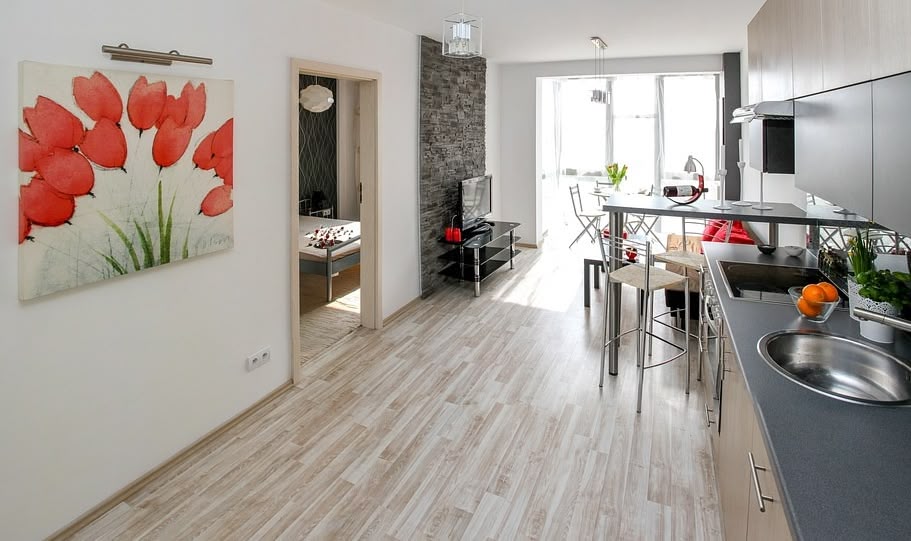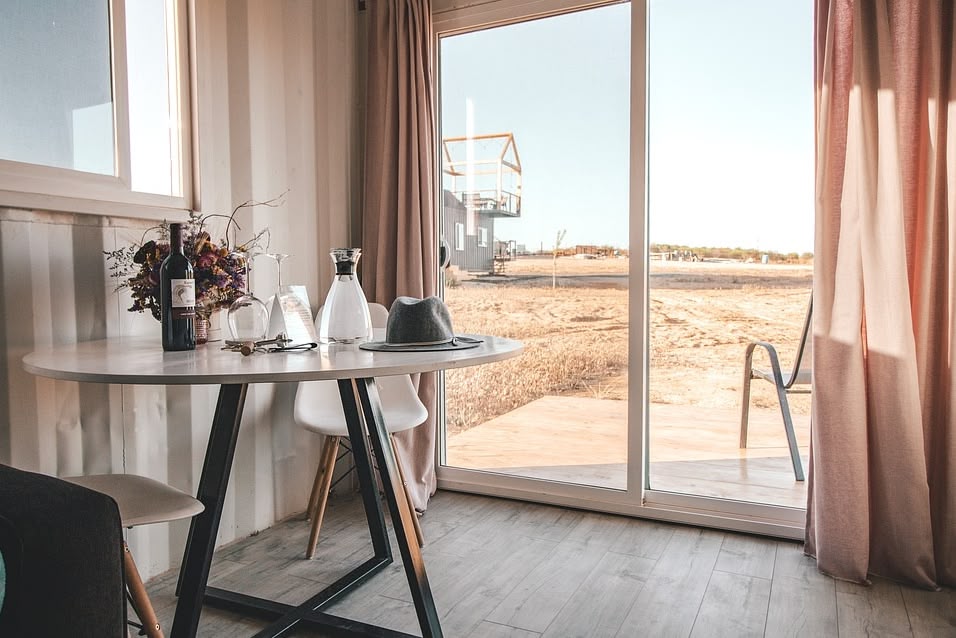Learn English in Palma de Mallorca, Spain
Study English with Languages Abroad!
Mallorca is one of the most popular tourist destinations in Europe, attracting millions for its stunning beaches, historic architecture, and vibrant Mediterranean culture. From the bustling markets of Palma to the tranquil beauty of the Serra de Tramuntana and the lively coastal towns, Mallorca provides an idyllic setting to improve your English ability.
At such a stellar tourist destination, you will converse with both native speakers and international speakers alike, immersing yourself in Mallorca's unique traditions and daily life. The island's welcoming atmosphere stems from the generous people that live there as well as the beautiful land itself, meaning you have plenty of opportunity for conversation and to be welcomed into the community. Our structured english immersion method method guarantees more than language acquisition; it invites you to live Mallorca's culture, with every interaction fostering a deep familiarity with the surrounding society and intercultural exchange.
At Languages Abroad, we are dedicated to helping each student achieve their goals, whether in advancing their education or enhancing their career prospects. Our programs prepare you to integrate seamlessly into higher education or the professional realm.

Start your adventure in Palma de Mallorca with Languages Abroad today!
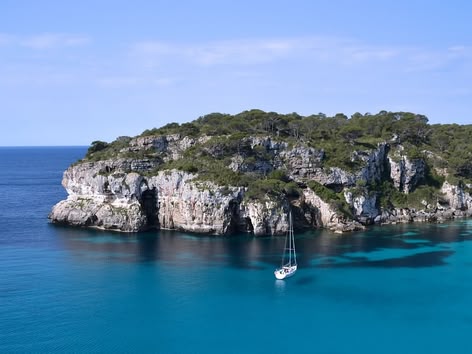
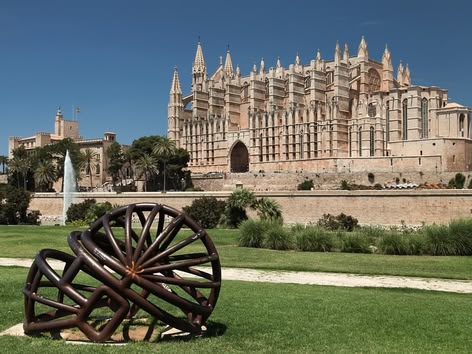
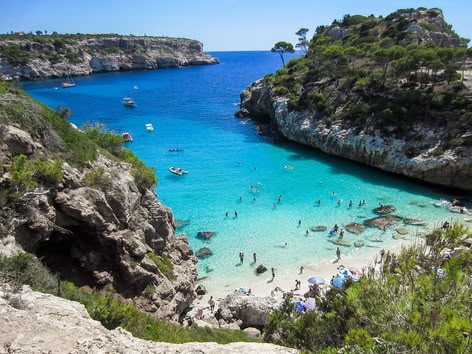
Learn English
Experience exceptional English language education at a centrally located school in Mallorca. Benefit from expert teachers and engaging lessons, and enjoy a welcoming learning environment that provides the community spirit, individual support and practical resources needed to grow and excel. Choose from a variety of course options and begin your English language journey with us today!
Mallorca English School
Our English school is located 25 meters from Palma's main beach, known as the"Playa de Palma." This bay is known for its pristine beach which was awarded the European Union Blue Flag for excellence.
Along the beach promenade you can shop, grab a coffee, rollerblade, cycle, or simply relax and enjoy the sun and crystal clear water. The island's major nightclubs are only 5 minutes away by bus or 20 minutes walking. This location is Ideal for those students who want to combine learning English, sunbathing while also enjoying the nightlife!
- 6 Bright indoor/ outdoor classrooms with A/C
- School garden, plus patio & terraces with chairs & tables
- Common Room with TV, DVD, pool table, etc.
- Computers and video room
- Library
- Internet access
- School café offers breakfast, coffee, tea, juices, sandwiches and other snacks
- Information desk: tours, excursions, rental cars, & phone cards
- Academic credit available if required
Mallorca English Courses
All teachers are native speakers, qualified to teach English and are university educated with years of teaching experience. The course will help enhance your speaking, listening, grammar and general comprehension skills. Teachers often facilitate classroom discussions through role-playing and games as well as integrating current political, social and cultural materials to add interest and increase knowledge of the host country and culture.
- Open to all language levels, A0-B2
- Placement test on the first Monday morning of class
- Minimum age 16
- Flexible course length (2 weeks minimum)
- Classes held Monday to Friday
- Language Certificate provided at end of cours
Receive transferable credits for your course - Undergraduate Credit Through Brookhaven College


Standard English Classes:
- 20 group lessons per week (50 min/class)
- Max. 8 students per class
Intensive English Classes:
- 30 group lessons per week (6 lesson daily)
- Max. 8 students per class
Private English Classes:
- 10, 20 or 30 group lessons per week (2, 4 or 6 lessons daily)
- 1 person per class
Accommodation in Palma de Mallorca
Welcome to your home away from home in Mallorca! Choose from comfortable university accommodations or stay with a welcoming host family in this tranquil and historic city. Whether you prefer the on-campus convenience or societal submersion, the student comradery or native authencity of a homestay, we take care of everything so that you can thrive in Spanish society without all the hassle.
Student Residence
Facilities
- Our residence is only 50 metres away from the school.
- The apartments come with a private bathroom, a balcony and free WiFi.
Room Options
- Single Room (SR)
- Double Room (DR)
- Self-catering
Hotel
Facilities
- The distance to the school is about 5 minutes by foot.
- Accommodation at a three-star hotel, usually with a swimming pool and air-conditioning.
Room Options
- Single Room (SR)
- Double Room (DR) (only available for two students travelling together)
- Breakfast only (BB)
Host Family Accommodation
Living with a local host family is the best way to immerse yourself fully in the language and culture. All our families are carefully selected and regularly visited to ensure high-quality standards. We choose only those with a genuine interest in international exchange.
The homestay will provide you breakfast (BB), and also dinner if requested (HB) - you can also help out and learn the local cuisine first-hand in the process!
Check-in Times: 10:00 AM - 10:00 PM
Our host families are spread throughout the region and are offered on a first-come, first-served basis, so book early to get the best locations!
Find general information here about staying with a host family. If you have any specific queries, please don't hesitate to contact our team!
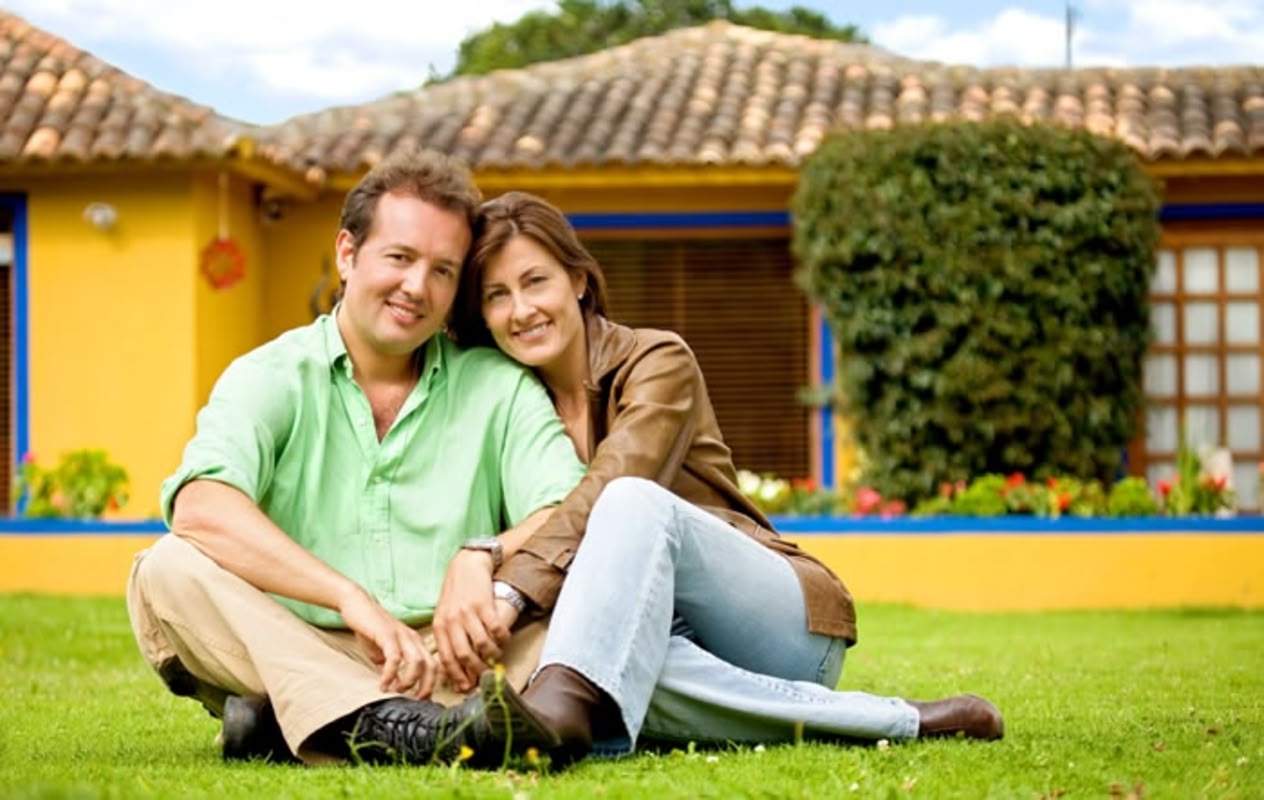
After Class Activities in Mallorca
After class, students can relax on the stunning beaches of Playa de Palma or Cala Mayor, enjoying the sun and water sports. They can explore Palma's Old Town, visiting historical landmarks like the Cathedral of Santa Maria and the Royal Palace of La Almudaina. For a more active experience, a scenic hike in the Serra de Tramuntana offers breathtaking views of Mallorca's mountains and coastline.
Palma Cathedral (La Seu) - Students can explore the breathtaking Gothic architecture of Palma's famous cathedral, a top cultural site in Mallorca for language learners. (Explore Palma Cathedral, Gothic architecture in Mallorca)
Serra de Tramuntana - Perfect for a day of adventure, this UNESCO World Heritage site offers hiking opportunities and stunning views, making it an exciting outdoor activity for students in Mallorca. (Hiking in Serra de Tramuntana, outdoor activities in Mallorca for students)
Alcudia's Old Town - A walk through this medieval town allows students to experience Mallorcan history and culture firsthand, perfect for language immersion outside the classroom. (Visit Alcudia's Old Town, history and culture in Mallorca for students)
Cala Mondragó - This natural park and beach is an ideal spot for students to relax and practice Spanish while enjoying Mallorca's famous coastline. (Relax at Cala Mondragó, Mallorca beaches for students)
Palma Aquarium - A visit to this popular aquarium offers an educational and fun experience for students, combining marine life exploration with language learning. (Visit Palma Aquarium, educational activities in Mallorca for students)
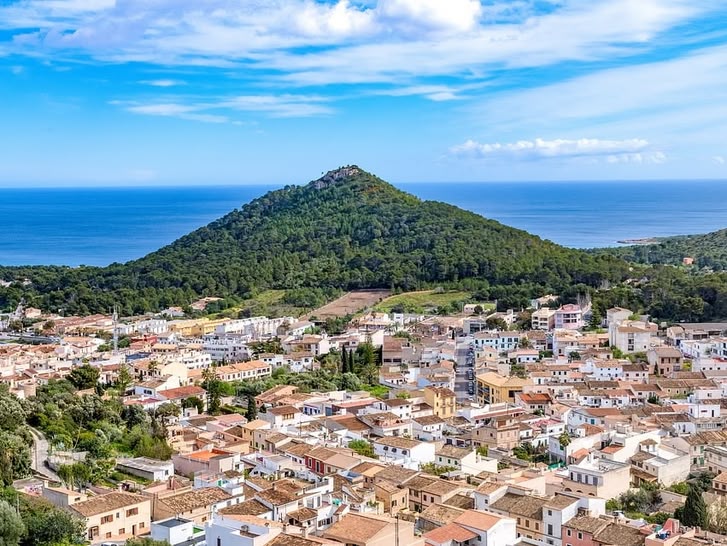
Dates & Prices
Start your English language journey!
Palma de Mallorca is a seaside paradise and so many people from all over Europe come here to relax and enjoy its historic, Mediterranean charms. Here you will find plenty of opportunities to practice your English and interact with a vibrant, intercultural crowd and full language immersion.
We have a reliable online secure payment method and we use VISA, Mastercard, Bank Transfers, Certified Cheques, and Cash as forms of payment.
» If you need help choosing your course, please get in touch with one of our on-hand experts and we will do everything we can to assist you.
Checklist
Registration Fee: $200
Accommodation Placement Fee: $200
Airport Transfer: $150 per way (Optional)
Insurance: $30/week
Notes
The school will be closed on all public holidays.
All enrollments require a non refundable $400 usd deposit to ensure space in our program.
Contact us
We're here to help you on your English language learning journey!
Questions about our courses? Need assistance with enrollment? Interested in finding out more about our programs?
Our friendly team is more than willing to assist you.
Contact us by clicking the link below and filling out our contact form.
We promise a prompt and helpful response to all your inquiries

